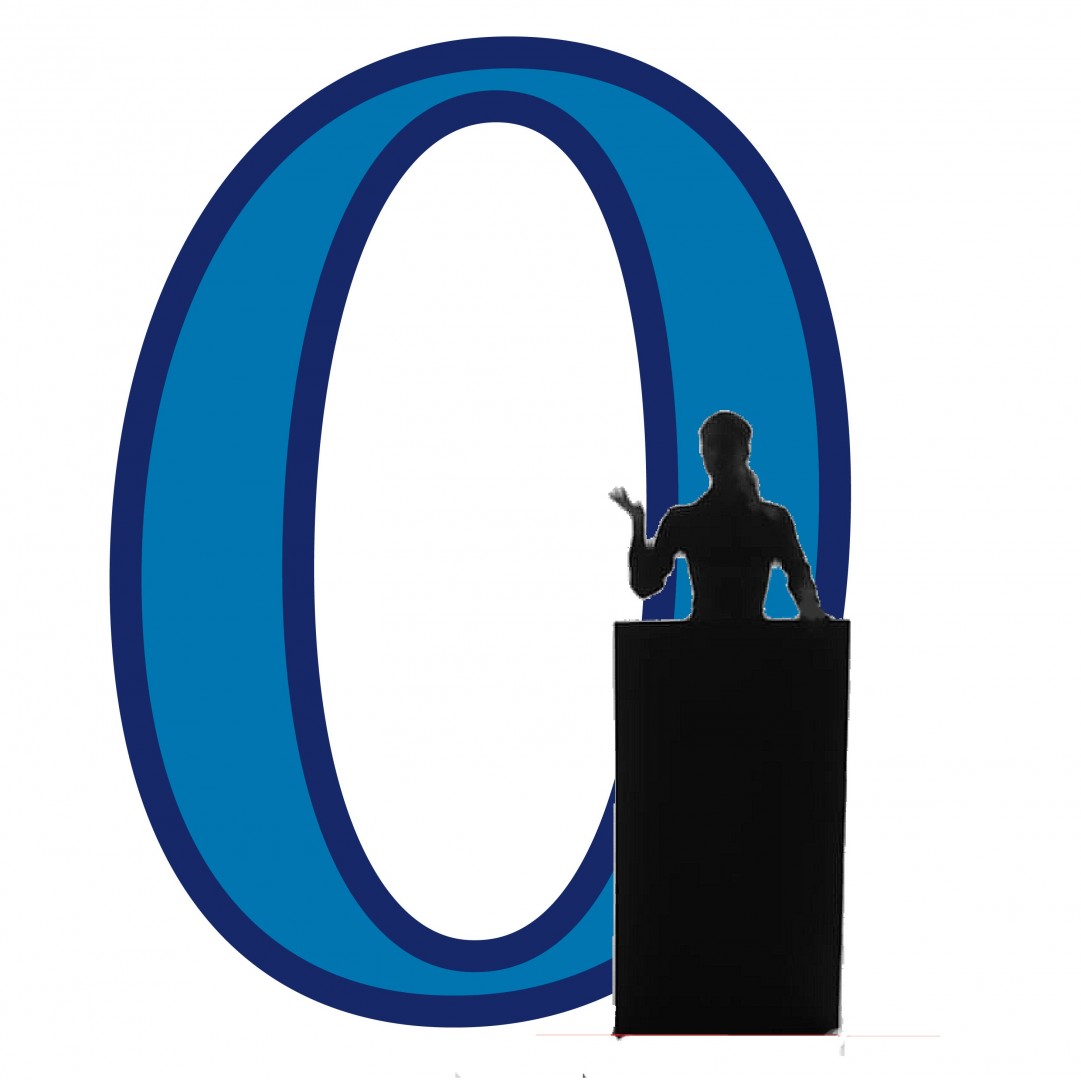In a little town outside of Kiev, Ukraine, Jan Koum was born to a humble housewife and a construction worker. Jan’s house had no hot water, and his parents rarely spoke on the phone out of fear that the state had tapped their lines.
When Jan was 16, he immigrated to Mountain View, Calif. where he barely graduated high school and isolated himself from his peers. During senior year in high school, Jan taught himself the basics of computer programming and networking from a couple books from the local library. He then joined a hacker group called wOOwOO on the Efnet Internet relay chat network where he gained valuable knowledge from other hackers and programmers on the forums.
After dropping out of San Jose State University, Jan was hired by Yahoo as an infrastructure engineer. He worked for nine years at Yahoo and lost thousands of dollars to the dotcom bubble burst and Yahoo’s failed Project Panama of 2006.
In 2007 after leaving Yahoo, Jan applied for a job at Facebook and was rejected. With little money and no job, Jan enrolled in the government’s Social Security system and began receiving food stamps from the North County Social Services office in Mountain View.
A little more than five years later at the same location where he received food stamps in North County, Jan signed one of the largest technology deals to date. He sold his startup company, WhatsApp, to Facebook for an impressive $19 billion.
While at Yahoo, Jan became friends with Brian Acton. Brian supported Jan after they both left Yahoo in 2007, and he eventually became the co-founder of WhatsApp with Jan.
The idea was hatched at a kitchen counter when Jan was scrolling through his contacts and wished that each individual contact would have a status displayed next to the name — “At the Gym,” “In a Meeting,” “Sleeping Zzzz.” Over the next couple years, Jan and Brian teamed up with several Apple developers to establish the back-end framework of the application and eventually released the first version in February of 2009.
However, the app was only installed by a handful of Jan’s friends due to crashes and bugs. In June 2009, Apple released its Push Notifications, which allowed Whats-App users to receive updates regarding the status of their contacts. What the founders quickly realized was that they had inadvertently created a messaging app through the status updates. Towards the end of that summer, WhatsApp 2.0 was released with a messaging component, and it immediately saw its users swell to over 250,000.
By 2011, WhatsApp was in the top 20 most downloaded apps in the U.S. store. By Feb. 2013, with only 50 employees, WhatsApp had gathered over 200 million users worldwide.
But why is this small start-up company that barely brought in $20 million revenue last year worth $19 billion? Because WhatsApp is a Facebook killer.
One of the most significant aspects lacking in Facebook’s platform was its ability to successfully implement real-time communication via chat, even with its own standalone application of Facebook Messenger. “It’s widely used today for chatting with your Facebook friends, and a lot of the messages are not real time,” said Mark Zuckerberg on a conference call to discuss the acquisition. WhatsApp removes the informal email structure of Facebook Messenger and instead integrates the real-time communication with all your contacts and friend groups.
WhatsApp is one of the fastest growing apps ever released on the market. It currently boasts over 450 million users worldwide with an average of one million new users signing up daily. Six hundred million photos are uploaded every day. Two hundred million voice messages are sent per day. One hundred million video messages are sent per day. WhatsApp represented a significant existential threat to Facebook, and Facebook responded appropriately — write a fat check to the company who could have outsmarted Facebook.
In a matter of five years, Jan Koum went from standing in line for food stamps to being worth $6.8 billion.
To put things in a broader perspective, the WhatsApp deal for $19 billion represents 10 percent of Ukraine’s entire GDP.











